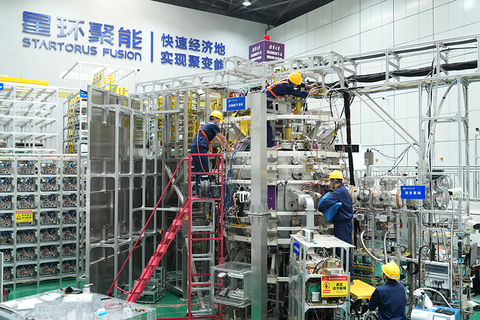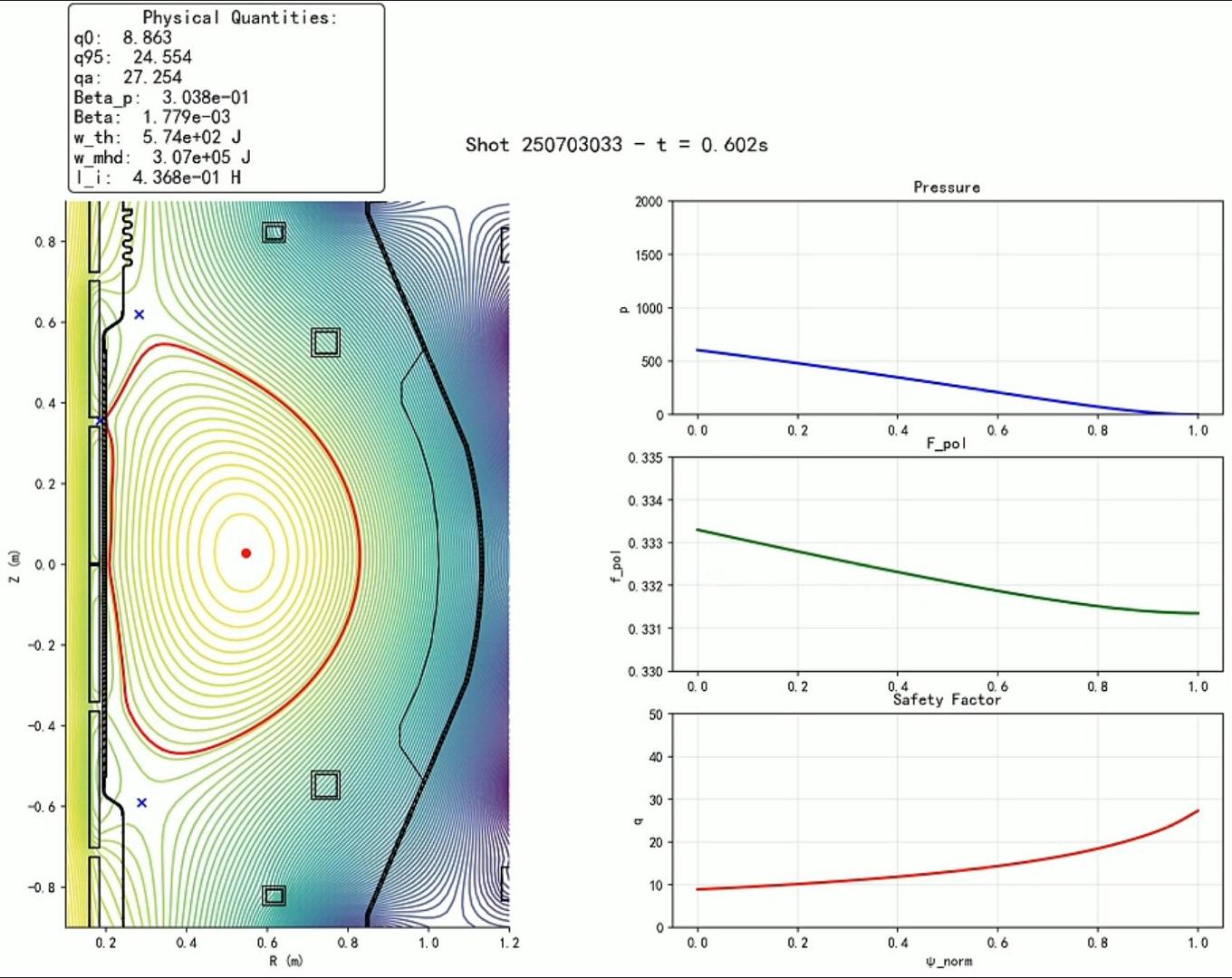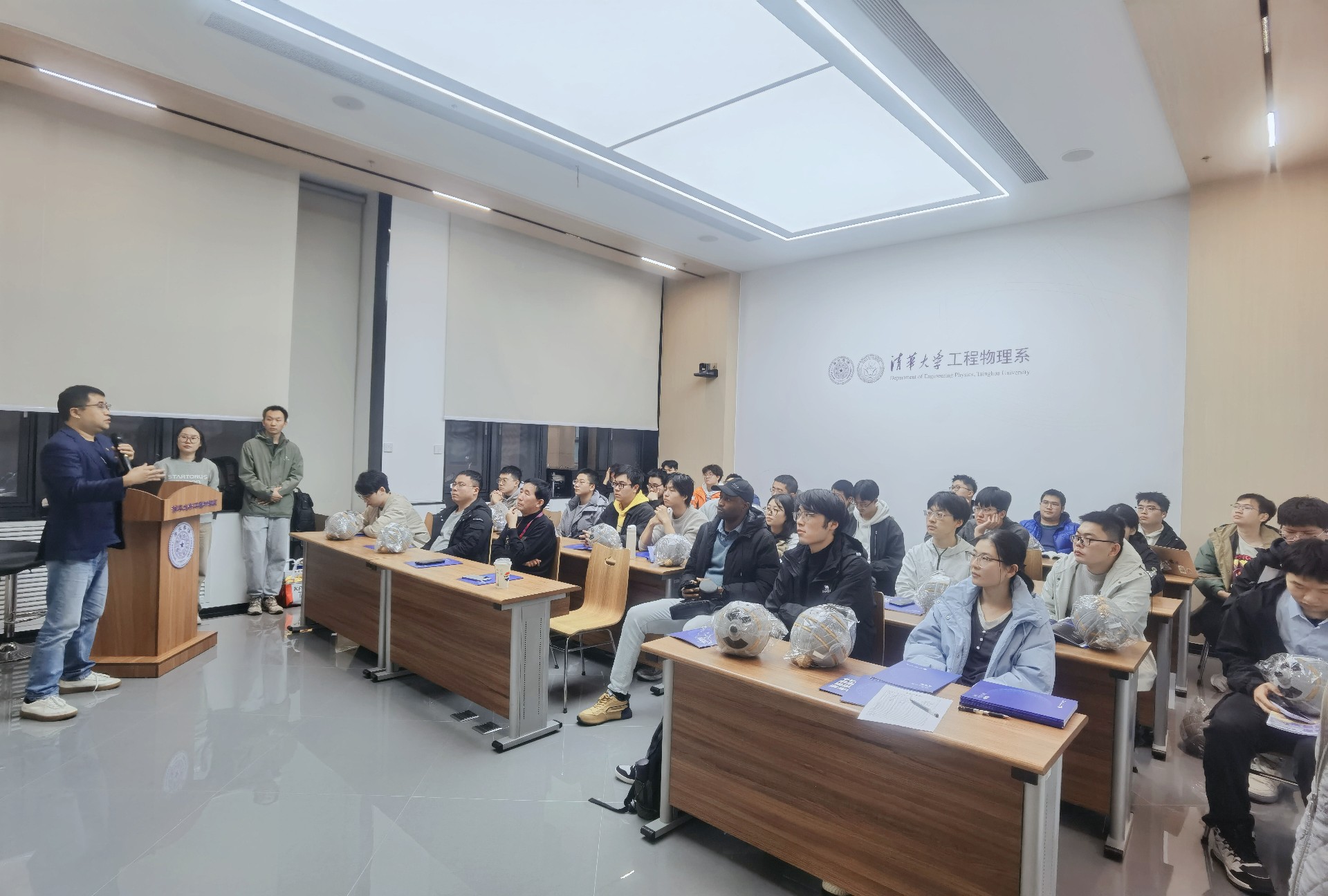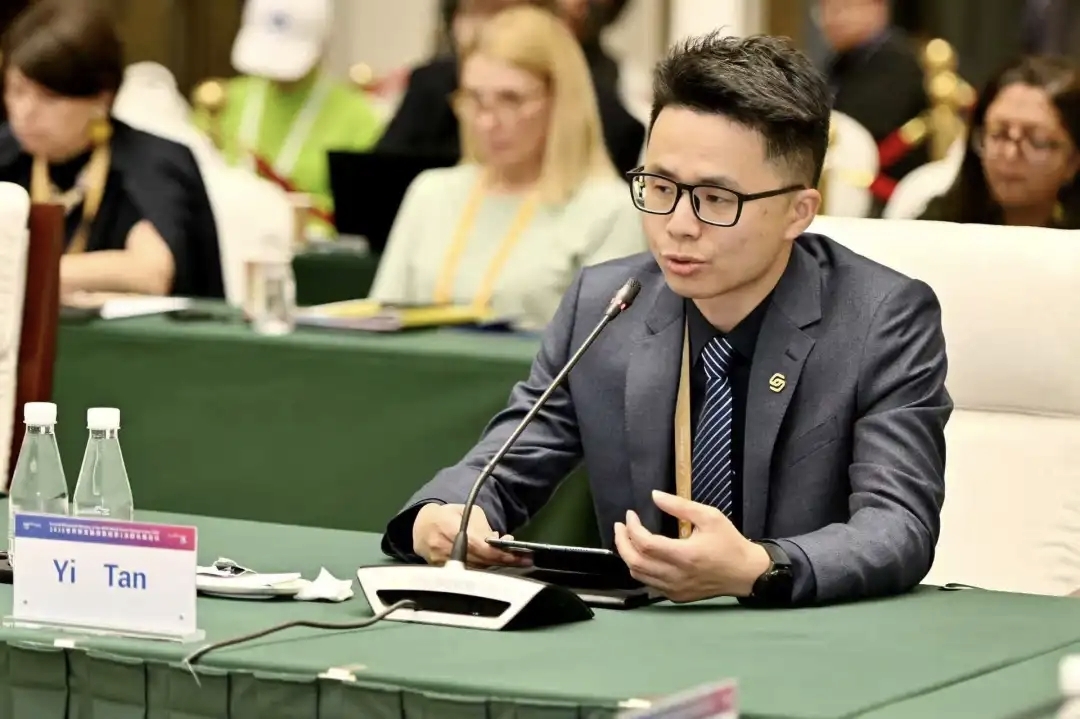
△Startorus Fusion
Controllable nuclear fusion, once a concept found only in science fiction novels, is now emerging as a global focus in hard science and technology. In the past year, China's State-owned Assets Supervision and Administration Commission (SASAC) launched the Future Industries Initiative, identifying controllable nuclear fusion as a crucial direction for future energy. But what is the current state of this field, and how is China seizing the opportunity in global energy innovation?
Chen Rui, CEO of Startorus Fusion, sat down for an interview with Caixin Weekly, providing deep insights into the opportunities and challenges of commercializing controllable nuclear fusion. Caixin reporters conducted extensive interviews with industry insiders and investors, including Mi Lei, Founding Partner of CASSTAR, Jin Zhijian, Director of the Shanghai High-Temperature Superconducting Material and System Engineering Technology Center, Wang Guangxi, Partner at Lenovo Capital, and Yang Runxin, Vice President of K2VC. Together, they offered a comprehensive analysis of the rapid development in the global nuclear fusion field and shed light on the underlying reasons driving the intense competition in this race.
The author points out that with the maturity of second-generation superconducting materials, the miniaturization of fusion reactors becomes possible. Smaller size, lower costs, and faster construction cycles altogether mean that controlled nuclear fusion is no longer limited to national projects. As a result, it has attracted global research teams and major capital players to join the competition. Thanks to the progress in high-temperature superconducting materials, CFS (Commonwealth Fusion Systems) secured over $1.8 billion in financing in 2021. This has led to continued attention and investment from countries such as China, the United States, the United Kingdom, and Japan.
Mi Lei, Founding Partner of CASSTAR, believes that controllable nuclear fusion may be the most important revolution in the energy field, similar to the quantum computing or artificial intelligence revolution in the information field. Yang Runxin, Vice President of K2VC, believes that once controllable nuclear fusion technology achieves success, the potential and returns it brings will be enormous. Shunwei Capital sees controllable nuclear fusion as a disruptive and cutting-edge direction likewise.
Founded in 2021, Startorus Fusion is comprised of a core team from the Plasma Science and Fusion Laboratory at the Department of Engineering Physics, Tsinghua University. What distinguishes Startorus Fusion is its magnetic reconnection technology and the multi-pulse repetitive operation method. This approach involves the creation of a plasma torus above and below a spherical tokamak, which are then driven to merge into a primary plasma. During this process, the plasma is rapidly heated to fusion reaction temperatures. To sustain plasma heating, Startorus Fusion's fusion reactor requires repetitive magnetic field reconnection, similar to the multiple-stroke operation of an internal combustion engine, enabling periodic fusion energy output.In just a year and a half, Startorus Fusion has accomplished significant milestones, including securing funding and conducting preliminary validation of its unique approach, placing it at the forefront globally. While all countries are currently exploring uncharted territory, many teams worldwide are aiming to achieve controlled nuclear fusion power generation by around 2030. Chen Rui believes that, if all goes well, Startorus Fusion will demonstrate commercial fusion power output based on its distinctive approach by around 2030.
Looking into the future, Chen Rui believes that besides power generation, another important application scenario for controlled nuclear fusion is interstellar travel. Using fusion propulsion, which utilizes the recoil from fusion products, a fusion-powered spacecraft could travel from Earth to Mars in just 90 days, saving more than half of the current travel time. Additionally, the payload-to-total weight ratio could increase from 1% to 50%, providing excellent support for humanity's journey into the stars. Chen Rui mentioned that both he and Tan Yi (Chief Scientist of Startorus Fusion) are avid readers of Liu Cixin's science fiction novel The Three-Body Problem, and the name “Startorus Fusion” was inspired by the fictional company the “Halo Group” that developed light-speed spacecraft in the books.
……
(To read the full article on Caixin, you need to scan the QR code and register)
Step 1: Scan the QR code to register
▼
Scan the code, enter your mobile phone number, and claim your reading access.

Step 2: Click on the bottom left corner to read the original article
▼
Click on "Read the original article" at the bottom left corner, enter your mobile phone number to log in,
and you will be able to read the full text.
Source: Weekly Caixin
Click "Read the original article" to view the full report from "Caixin"





